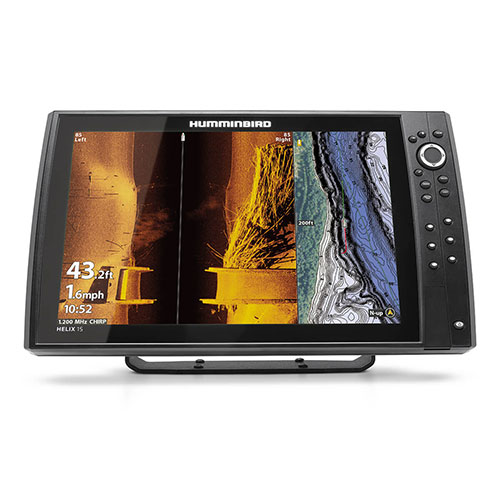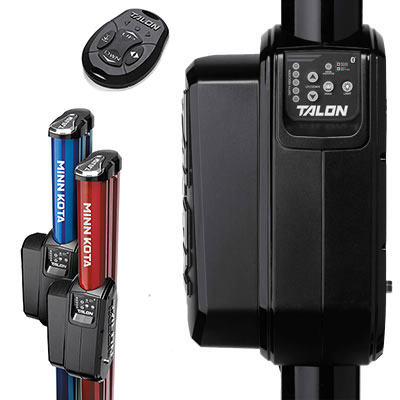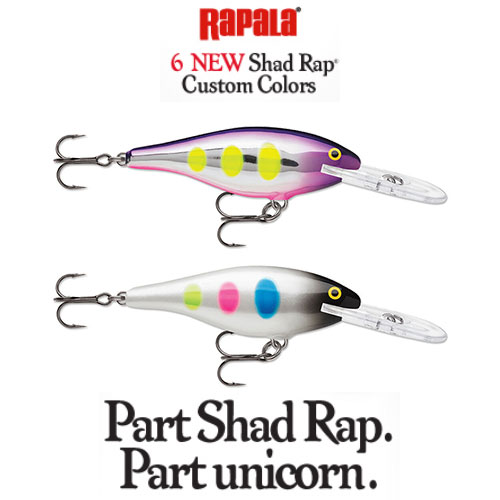Beating The Mid-Winter Blahs
By Craig Ritchie - January 18, 2022The beginning and end of this typical season are fun. The middle? Not so much.
But it doesn't have to be that way if you're willing to adapt your approach.

Fish Have Moved, and So Should You
A lot of anglers believe that the fast early season bite dies off because fish become accustomed to seeing the same lures and baits every single day. And while there is some truth in that, the bigger issue is that by the time we head into mid-January, a lot of fish have simply moved off to other locations entirely.While a few fish will hang around the early-season, shoreline-oriented spots all winter long (after all, we see them on sonar) most will head offshore to deeper water. That's your cue to move too, and it's one time of year when your navigational charts and a good GPS can prove invaluable.
Look for fish like walleye, perch, pike and even lake trout to begin stacking up on offshore structure in 20 to 40 feet or water. Reefs, shoals, saddles and similar underwater features can hold vast numbers of fish in mid-winter, yet they remain ignored by most anglers because they're harder to find than locations associated with shorelines. The result is that many of these locations can attract large numbers of fish that have forgotten all about fishing pressure.
Look for areas with a variety of bottom topography - shallow bits, deep bits, fast-breaking drops, and more gradual inclines. The more variable the bottom, the more likely the spot indicates a change in bottom content. And that, in turn, makes it all the more attractive to fish.

Vary Your Approach
One of the realities of fishing is that not every fish in a school will respond to the same things at the same time. So I like to approach new spots with a two-part approach.The attraction to finding offshore locations is that you're going to be targeting fish that haven't seen much pressure in a while. That being the case, it's not unusual to catch some fish right away, often as soon as you finish punching holes.
I begin fishing a new spot by appealing to these eager fish with fairly aggressive presentations. Instead of dropping down a live bait to play a wait-and-see game, I drop down a jigging spoon or a grub on a jig head - something I can work fairly quickly to appeal to those most active fish.
Chances are, I'll catch a couple of fish and then the action dies down. That's when I switch tactics rather than location, and go to the second part of my strategy. That means a second rod and a more finesse approach - a tiny marabou jig, a drop-shot rig, or live bait. The key is to go small and subtle, because having caught the active fish in the school, you're now appealing to fish that aren't looking for a full meal so much as just a little snack. Light fluorocarbon line and a gentle approach wins the day, and usually puts a few more fish onto the ice before the spot shuts down completely.
I've become a real fan of rods with colored tips when using this finesse approach, since they provide a visible edge in detecting subtle bites. Okuma's Cold Water Deadstick Ice Combos, which come matched with a lightweight, Ceyman micro baitfeeder spinning reel, suit this style of fishing by registering the gentlest bites without tipping off shy fish.
The Milk Run
This pattern - you catch a few fish right away, then slow down your approach and catch a few more before things die off completely - is remarkable consistent in mid-winter. So then what?That's when you reload the sled and head for spot number two. Sure, you could just camp out and maybe pick up a few more fish. But if you can string together a half-dozen or so similar locations, you can do a milk run instead and catch a few fish in each location. By the end of the day, you'll have worked a little harder, but you'll also have caught a lot more fish than the guys camped out on the same holes all day long, complaining about the Mid-Winter Blahs.
By putting in the effort to locate less-pressured fish and being versatile enough to offer them options, you can continue catching fish right through what most anglers describe as the toughest time of the year. It may not be the fastest action of all, but it definitely beats little or no action whatsoever.
















